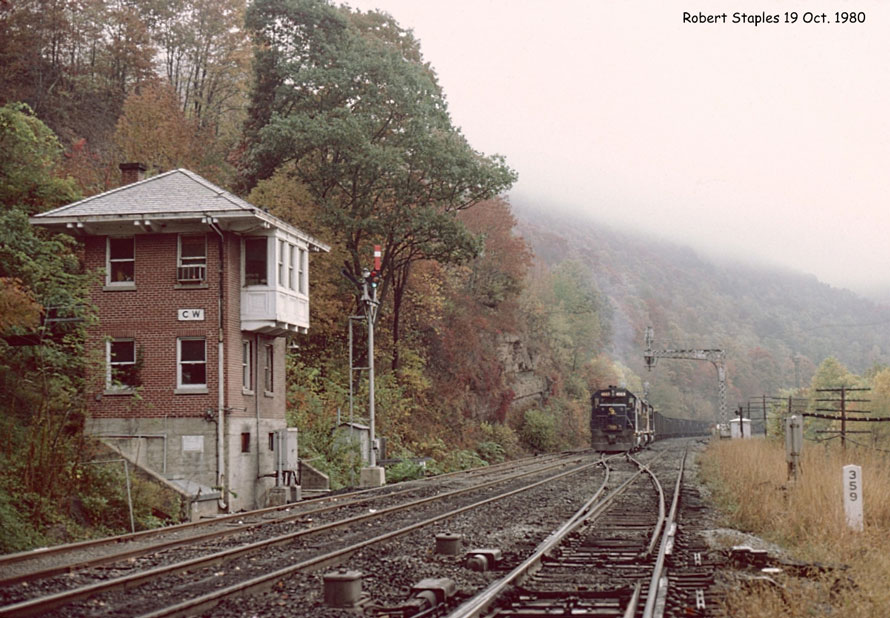
Railroads today are very standardized in their operations and equipment. It is very difficult to distinguish one railroad from another other than by their paint scheme. Things were different in the golden age of railroading. The railroads were very different from each other in terms of operating practices, the equipment used to move freight, and even the structures used to support operations such as depots or interlocking towers.
I will cover just the general look and design that the railroads followed most of the time. Please keep in mind that there were always exceptions to the rules.
Each railroad’s towers had their distinctive look and most followed a standard design or plan, but even within the same railroad, the towers could differ in looks or style from line to line.
Pennsylvania Railroad
Pennsylvania’s towers in the east looked different from the ones that were on their New York to Chicago line. (Ft. Wayne Line) Starting in World War II, PRR built towers that looked to me like small castles, complete with parapets. The technical term for this feature was “crenelations.” These were constructed after the original tower was destroyed by fire or derailment. Dunkirk Ohio is a prime example of this.
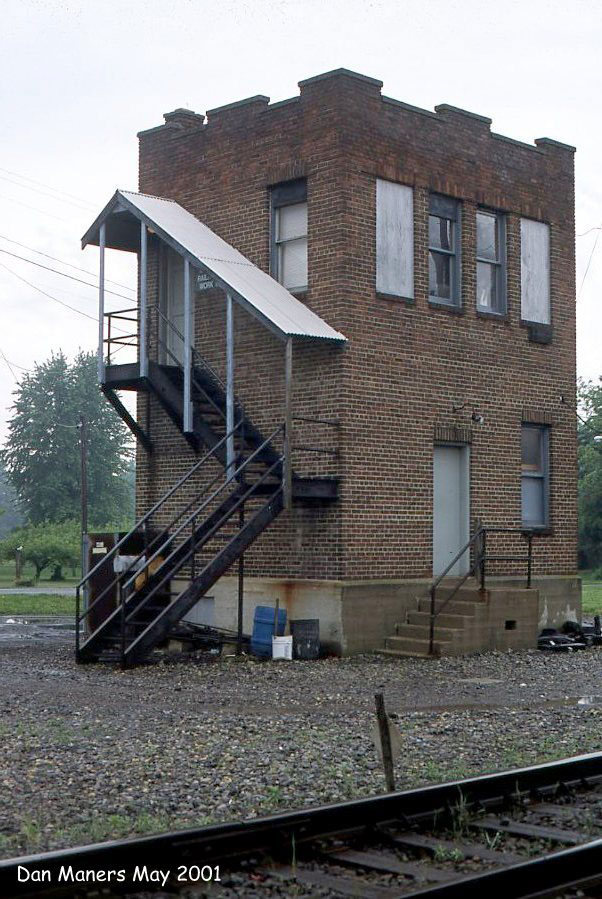
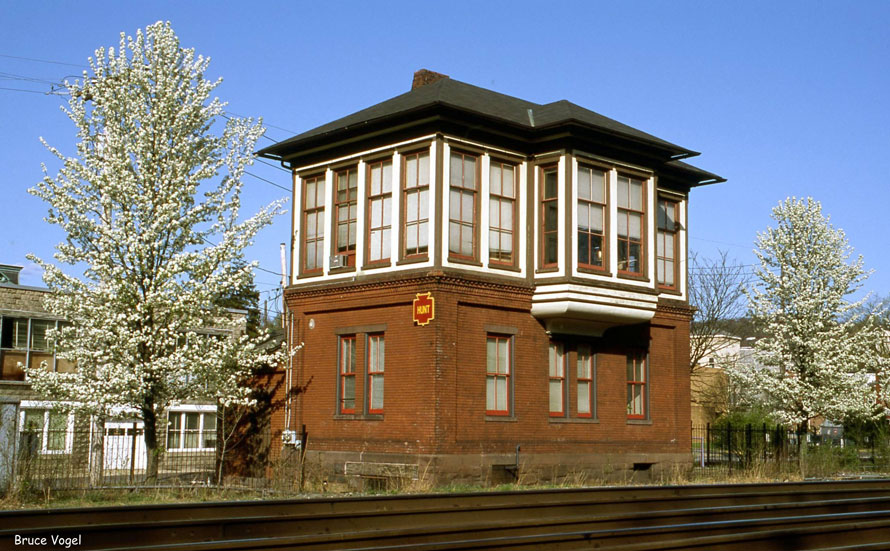
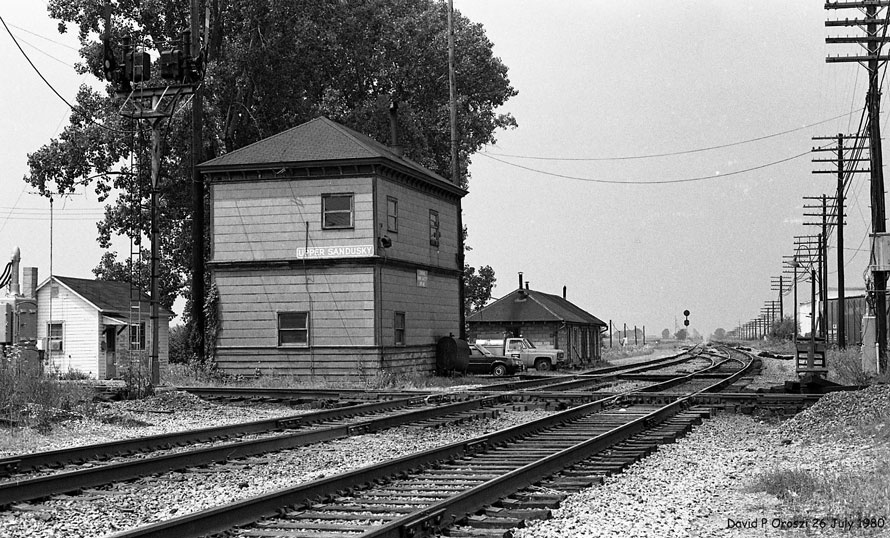
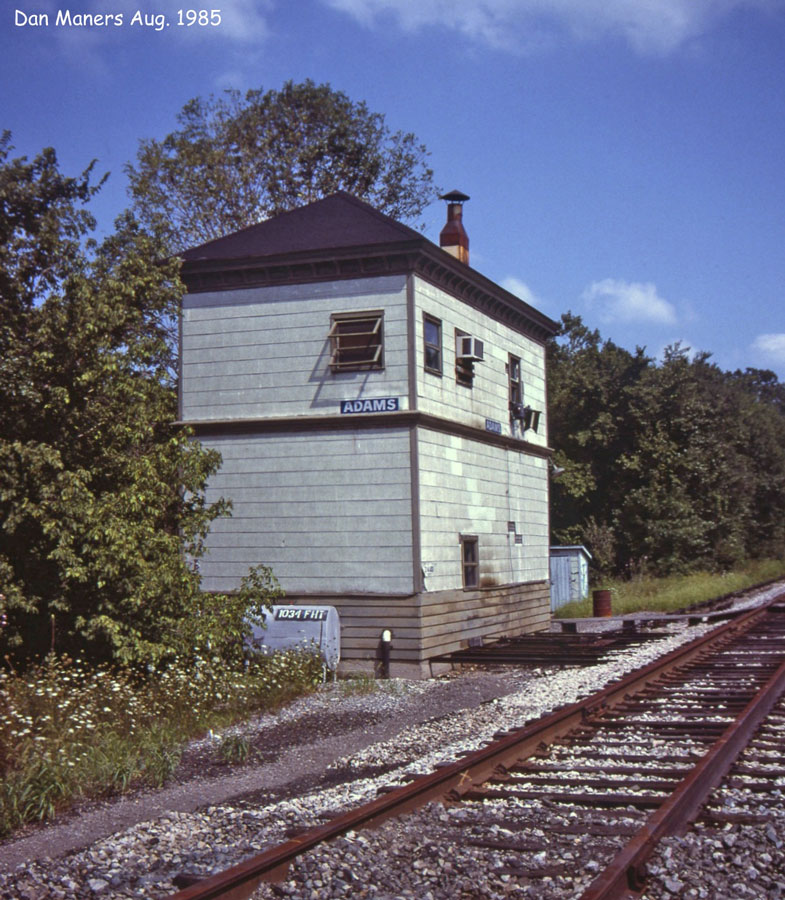
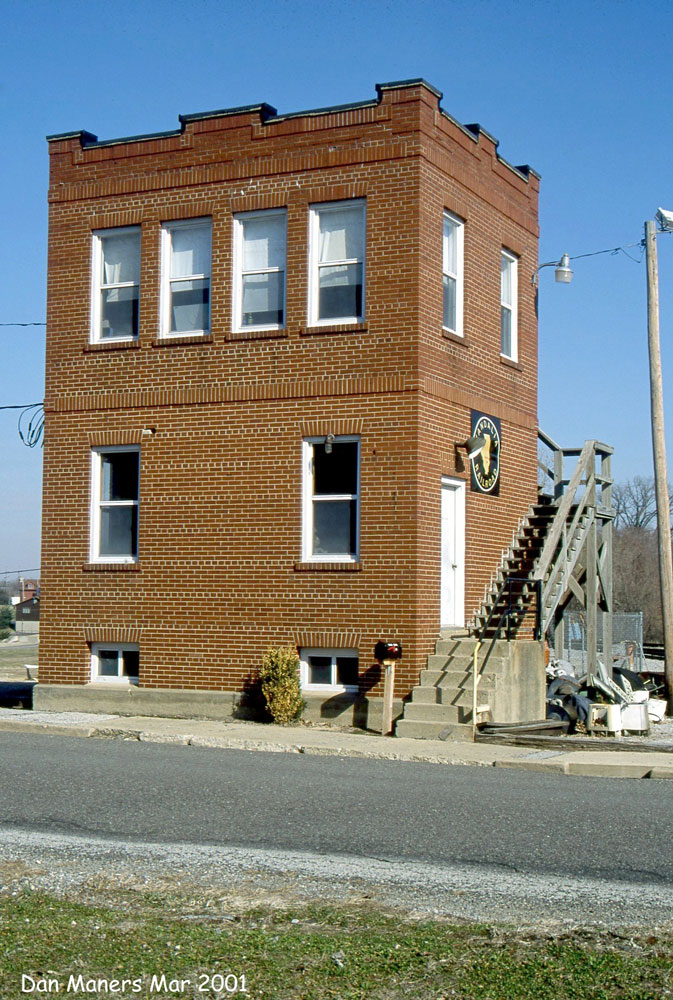
New York Central
Another example were New York Central’s towers on the former Cleveland, Cincinnati, Chicago & St. Louis (Big Four Route). I believe that these towers that “stood on stilts” were unique to the Big Four. As time went on some of these towers received closed-in bottoms.
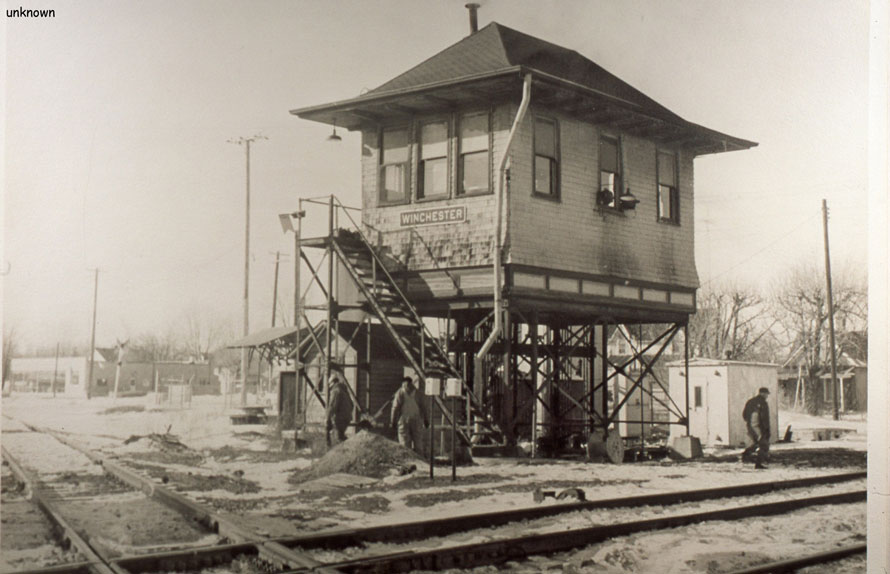
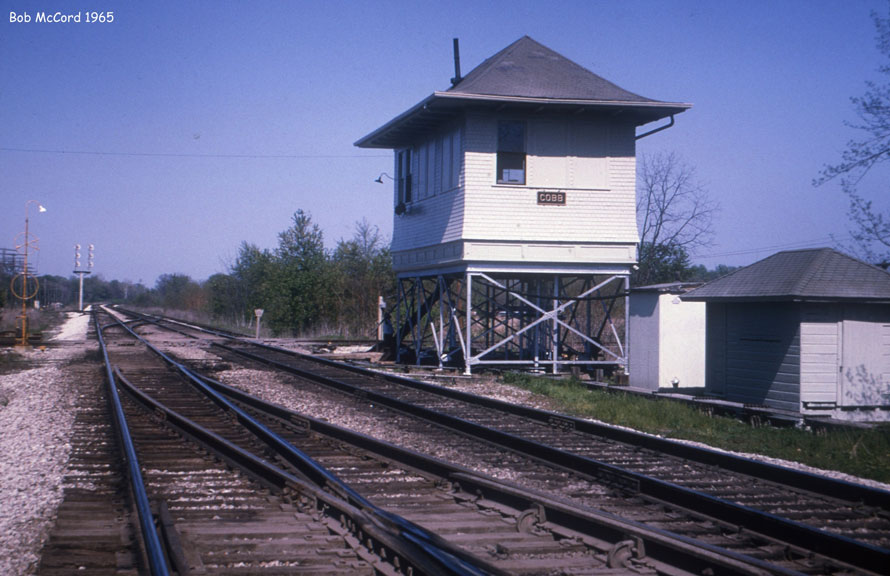
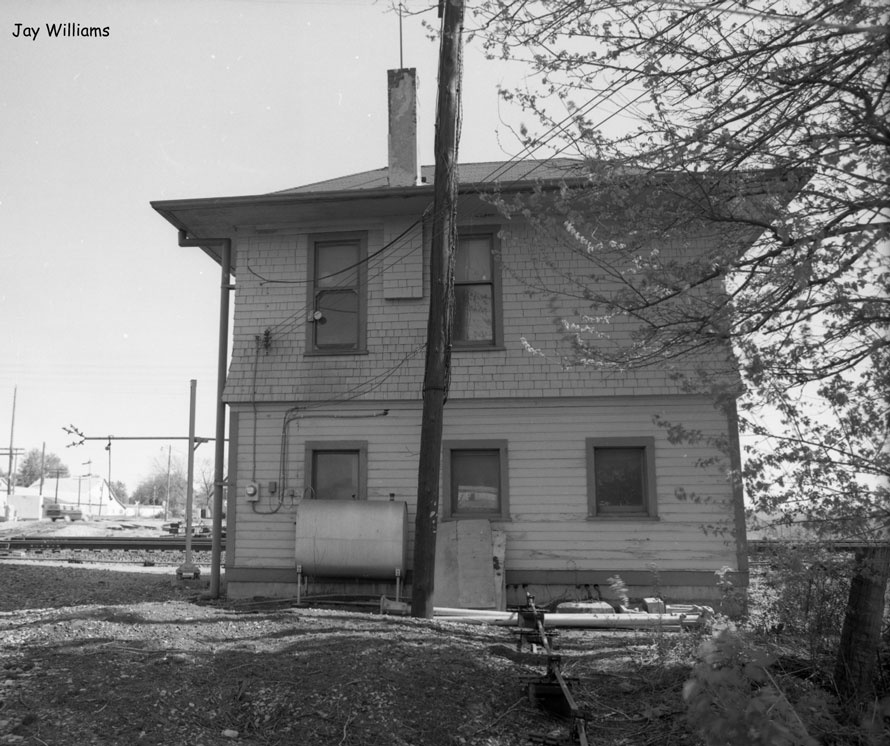
The towers that stood on the New York Central in the east, especially on the “Water Level Route” were large, well built , brick structures.
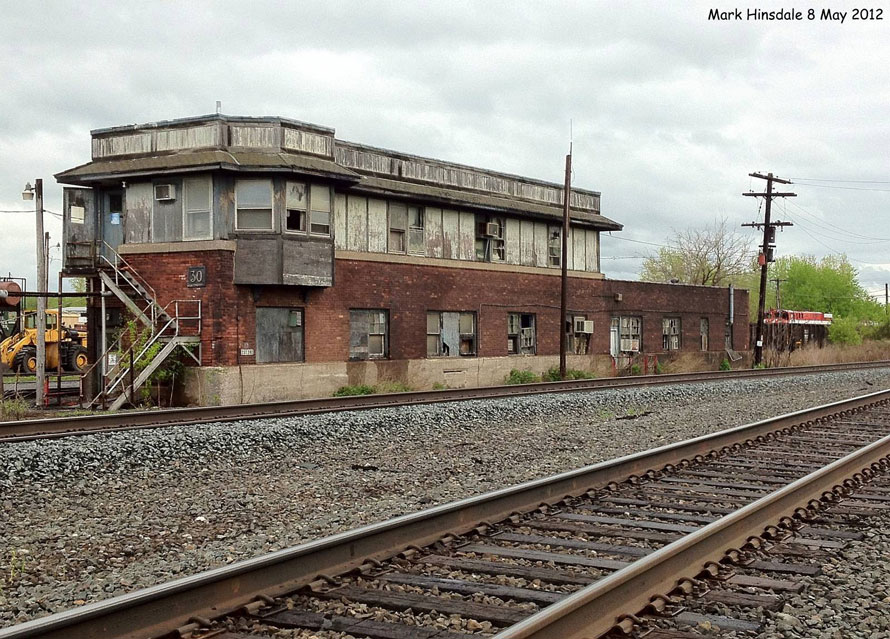
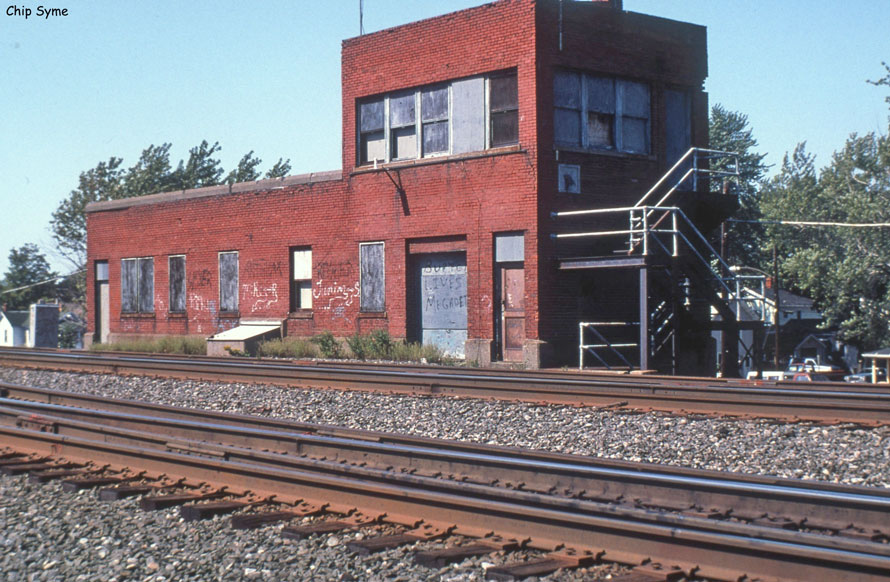
Baltimore & Ohio
Baltimore and Ohio’s interlockers were easy to distinguish. They were two story wooden structures with “fish scale” sidings right below the window line. B&O displayed the tower’s call letters prominently in the second story window.
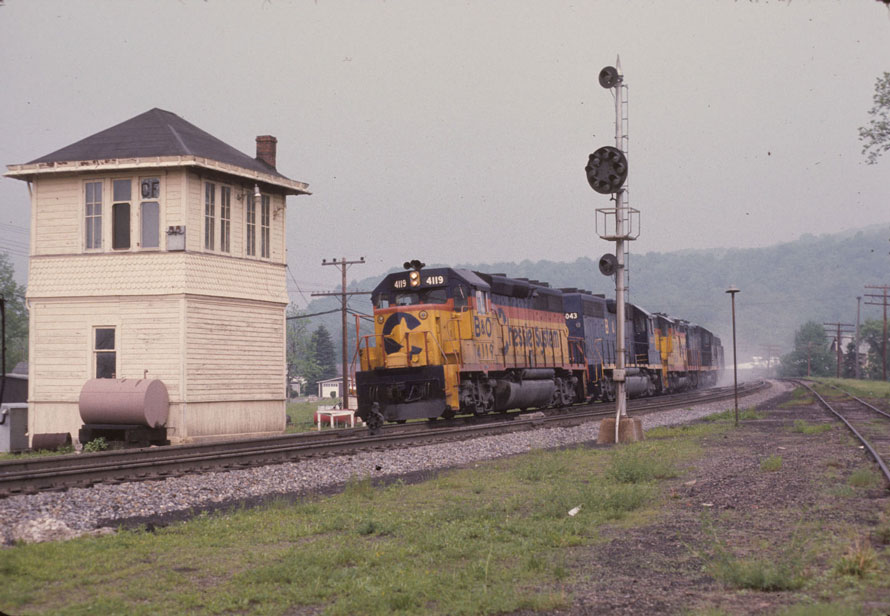
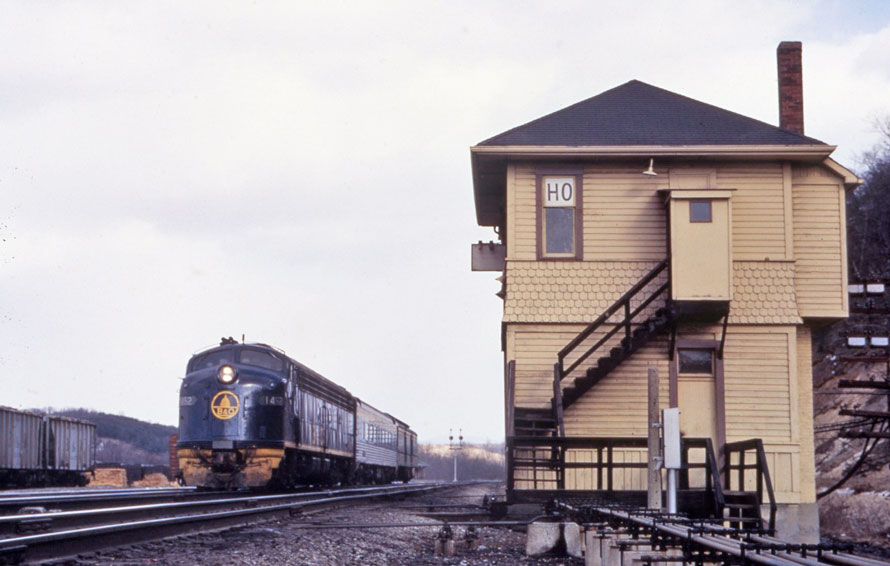
Chesapeake & Ohio
Chesapeake and Ohio’s towers with their two-story brick design, complete with iron overhangs, were some of the handsomest towers ever built. Somewhere along the line C&O changed their plans and built solid, one story, brick towers. As a side note, C&O referred to their interlockings as “cabins”
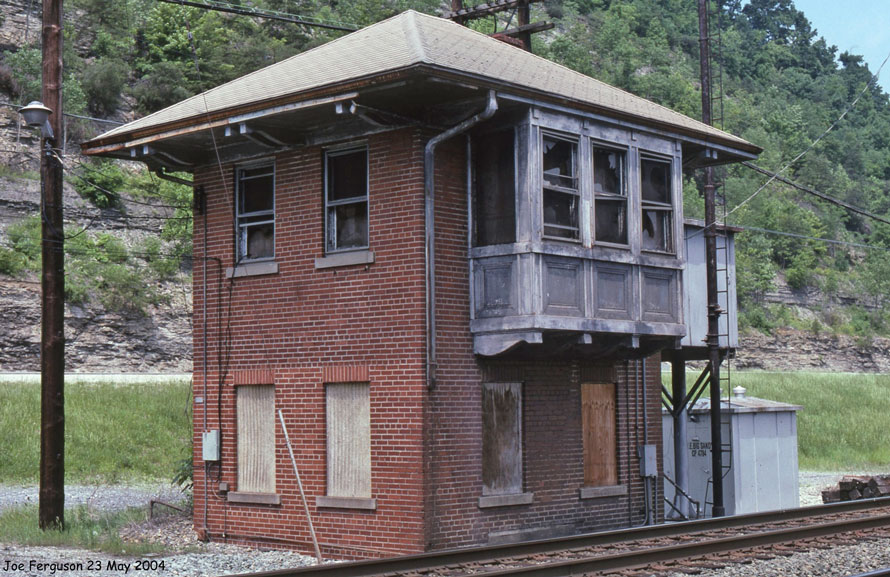
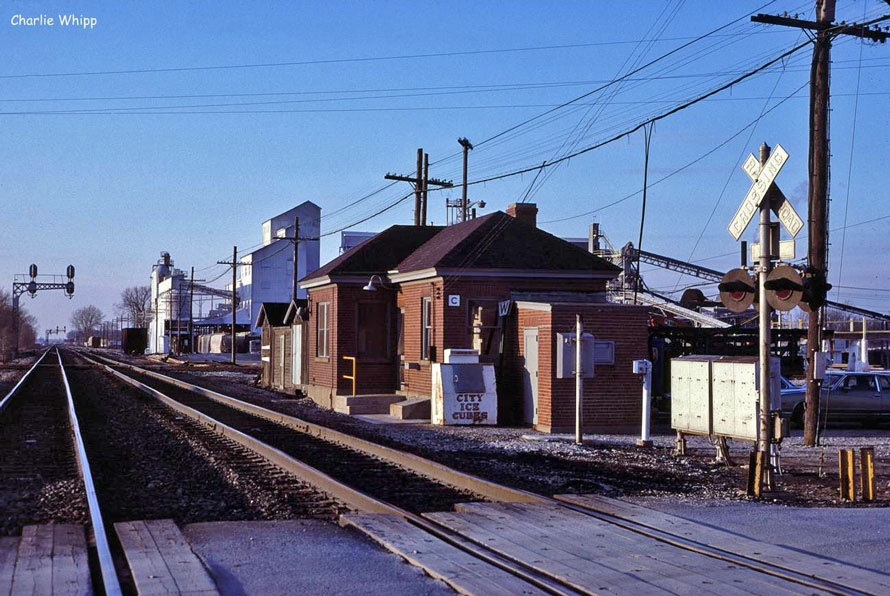
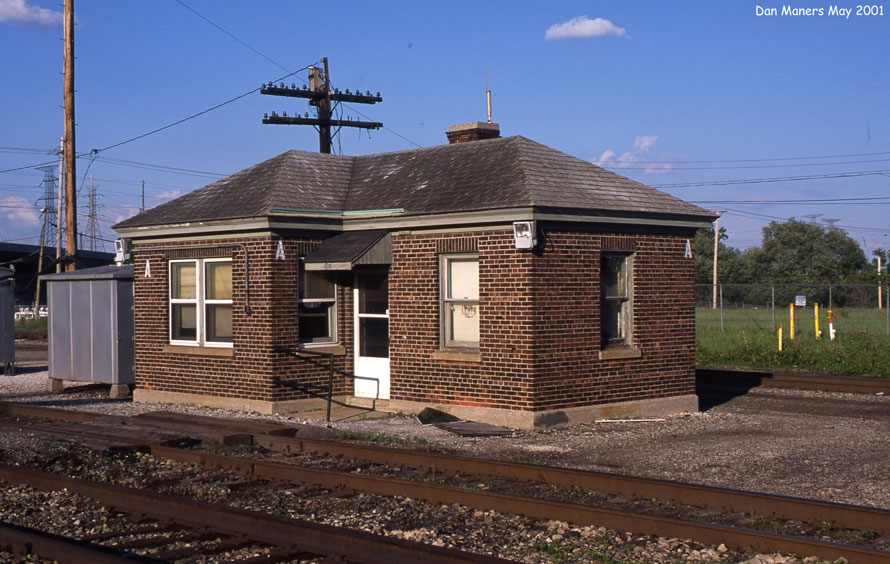
New Haven
The New York, New Haven and Hartford’s towers were beautiful structures. They were constructed of concrete with their call letters cast into a “shield” mounted under the window line and topped off with a distinctive pagoda-style roof. Some of their older towers were simple wood structures.
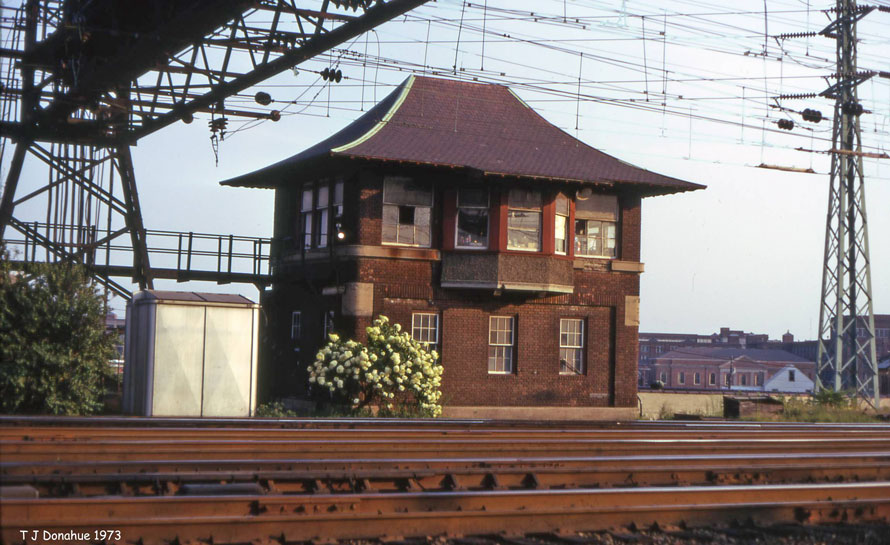
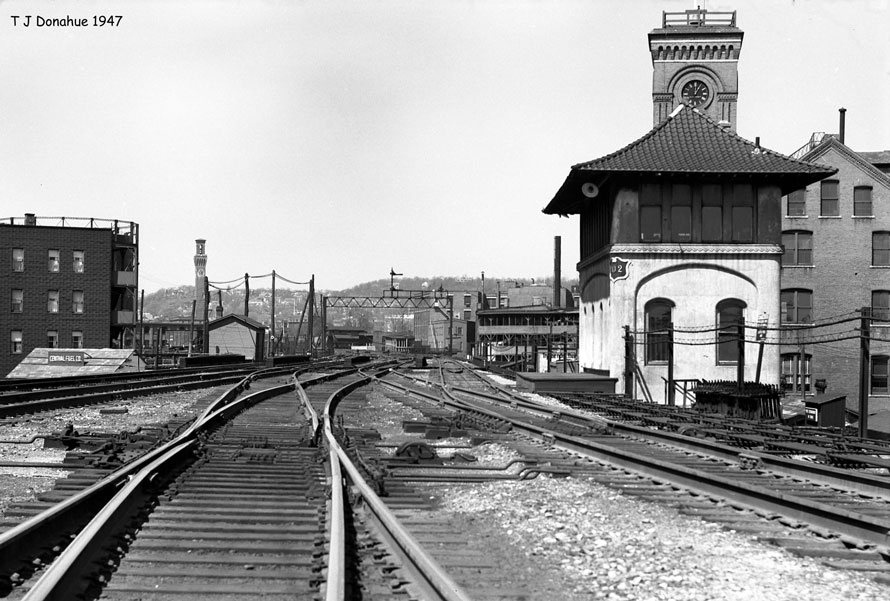
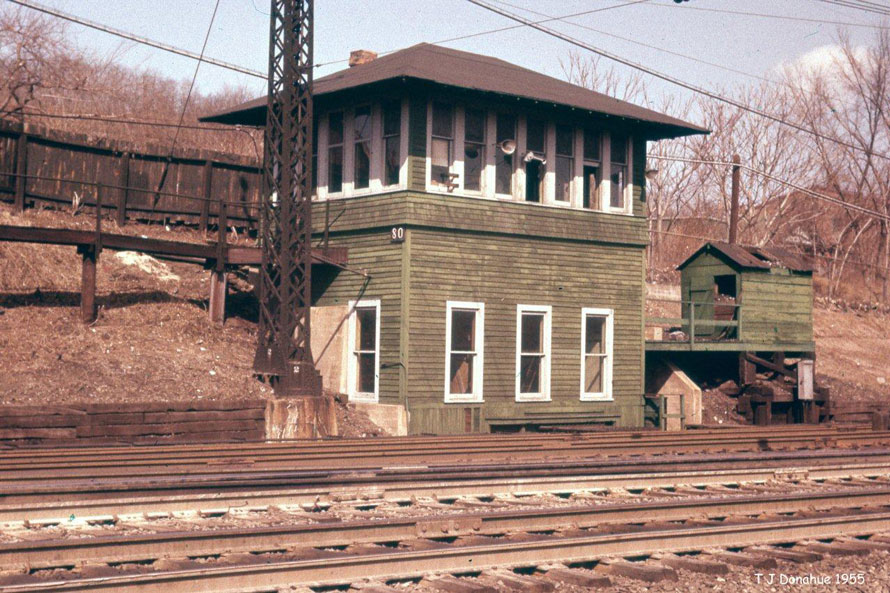
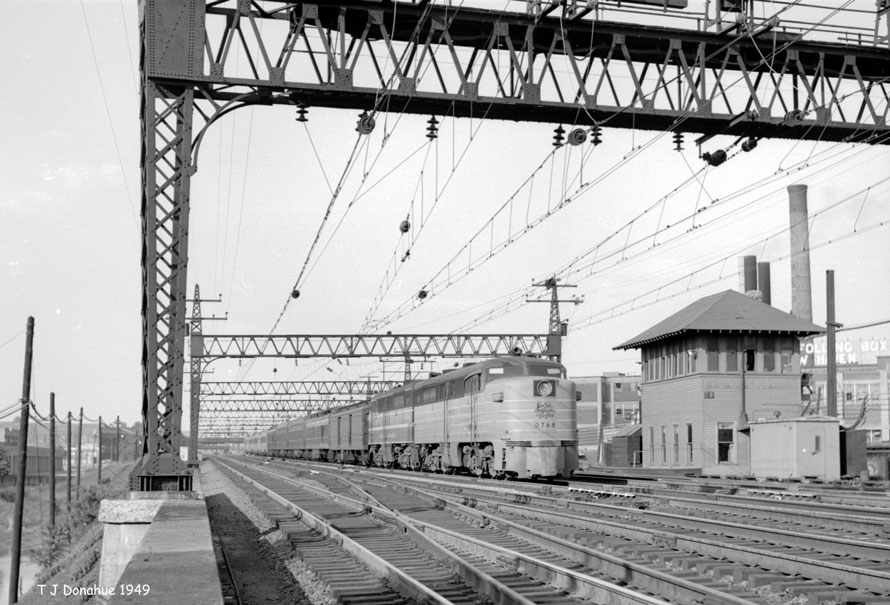
Erie
The last railroad I will mention is the Erie. They were easy to identify. Like other railroads the Erie in later years went to a concrete block design.
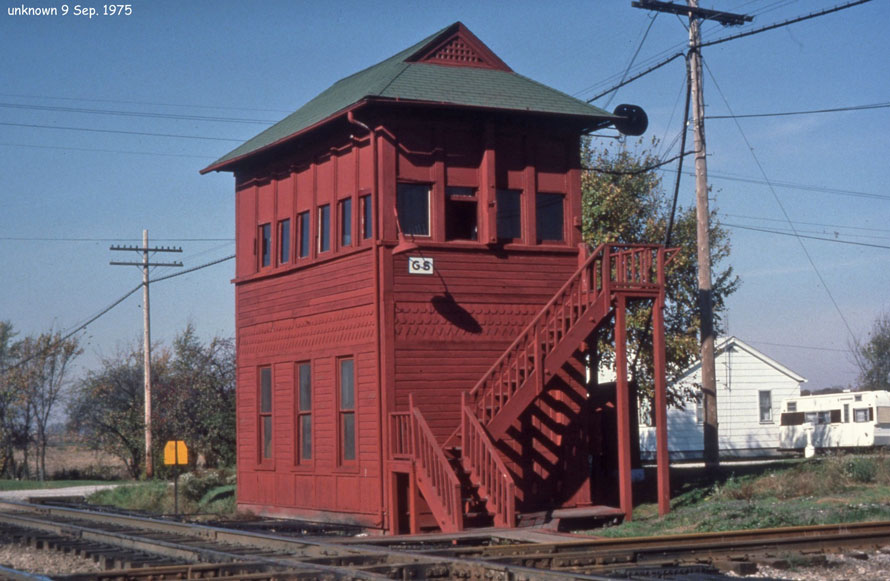
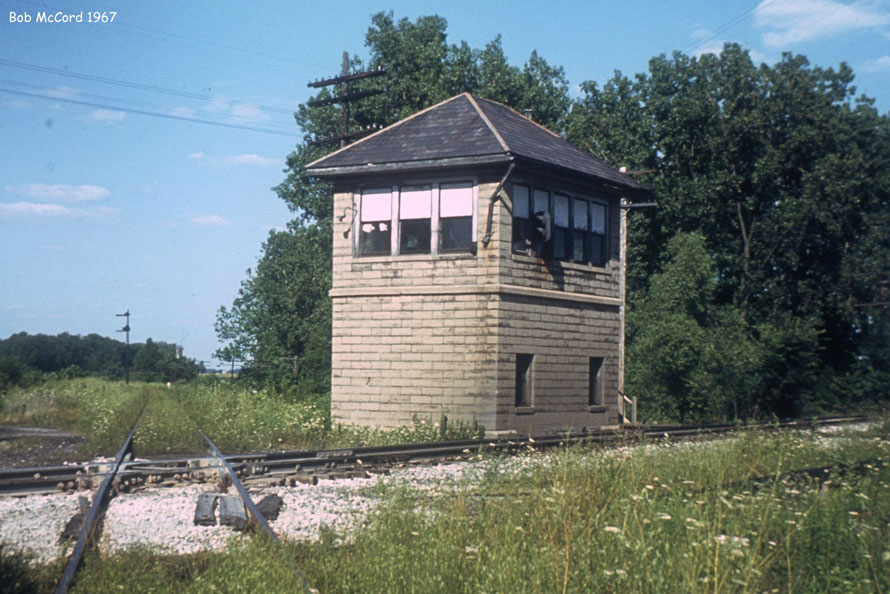
Dan Maners – Text Copyright 2018 – Photographs Copyright as credited.
Great shots. So many are gone now and many that are left are in such bad shape very sad to see. When you look at them and think of the thousands of men and some women who worked in them for there entire careers it gives you something to think about. A brother engineer Doug Kydd has a Facebook page dedicated to towers. Hundreds have shown up on his page.
my father in law worked for Missouri pacific RR for over 40 yrs , I love seeing stories like these thank you
Thanks so much…..I love the photos and your descriptive writings
Thanks putting these towers on parade. It is very interesting to see the differences.
Newton, Indiana on the Erie? Unsure where that is located. Since the Erie was mostly double track except around Akron, Indiana, maybe it was near there. If we knew what other railroad crossed it that would help.
Rick LaFeaver
Newton was just a “wide spot in the road’ but it was/is a town. It is a few miles east of Laketon IN. The Erie used to be double tracked at this point but when they had their big CTC project in the late 50’s early 60’s one of the mains was pulled. The other line that crosses here is Pennsy’s Logansport Branch, sometimes called the “Eel River Line”. The branch ran from Van tower in Logansport to Vandale tower in Columbia City where it hooked into PRR’s Ft. Wayne Line.
Favorite tower is MG tower above Horse Shoe Curve on the old Pennsylvania Mainline. Tucked away in the middle of nowhere with that “Castle” look.
Thanks for the article and photos! For many years interlocking towers made up a very interesting part of the railroad landscape. In many cases they also provided a connection between rail operations and railfans and other non-rail employees. Good tower operators were ‘remote eyes and ears’ and could be invaluable for train dispatchers. And they were great places to gain experience and knowledge for operators to advance to become train dispatchers. It is truly a shame that most of them are now gone. I believe of all the interlocking towers, and even the train dispatching offices, I worked at on 2 railroads in 14 years as an operator and train dispatcher, none remain.
Does anyone know if there is a list of Chicago towers with the build dates, railroads served and destruction dates? Hoosier Valley railroad museum has 4 model boards – Grasselli, Plymouth, Ivanhoe and Dolton. I would like to post this information alongside the boards to give a little more information to the public. You can contact me @ fredboyer@embarqmail.com
Such an interesting aspect of railroading over the years. I wonder if anyone has ever determined the very first interlocking tower that was built in the United States. You could go from the lower end such as “Portal” on the north end of the Northeast corridor in New Jersey. It was a mere shanty which handled some crossovers at the last location before entering the tunnels under the Hudson river leading to Penn Station. On the other hand you could be at “Zoo” tower in Philadelphia with a large staff of personnel controlling more switches and signals than one could keep track of. All truly amazingly interesting places. Really enjoyed these photos and narrative. Thanks.